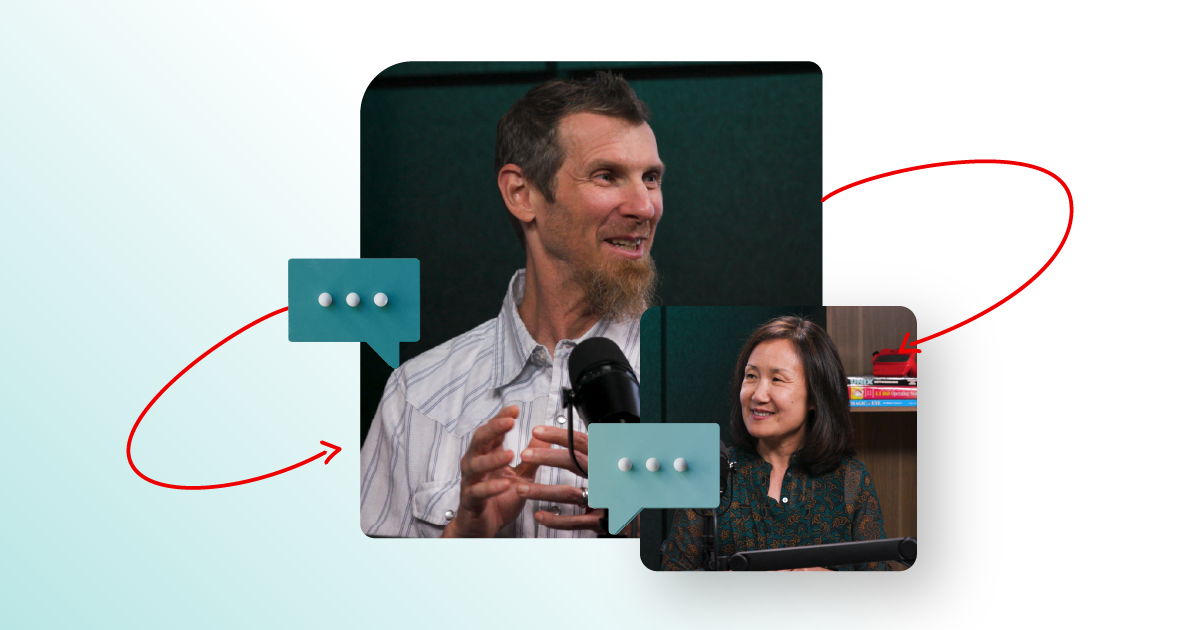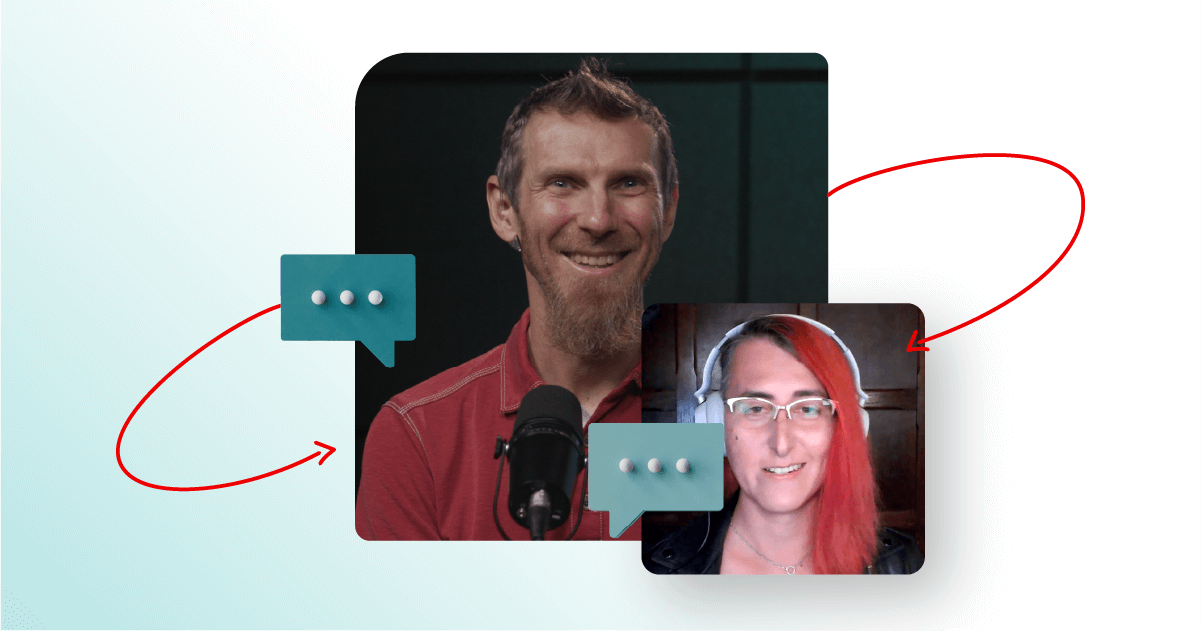
Breaking Down AI Biases
Compiler • • Breaking Down Ai Biases | Compiler
Breaking Down Ai Biases | Compiler
About the episode
Does your health insurance chatbot need to tell jokes? No. Does it need to be accurate? Absolutely. That's hard when biases get in the way.
The introduction of bias into a model can be unintentional, but it can have significant consequences for those relying on its guidance. The Compiler team examines the ways bias can creep in, and what steps can be taken to address it.
Subscribe
Subscribe here:
Transcript
About the show
Compiler
Do you want to stay on top of tech, but find you’re short on time? Compiler presents perspectives, topics, and insights from the industry—free from jargon and judgment. We want to discover where technology is headed beyond the headlines, and create a place for new IT professionals to learn, grow, and thrive. If you are enjoying the show, let us know, and use #CompilerPodcast to share our episodes.



